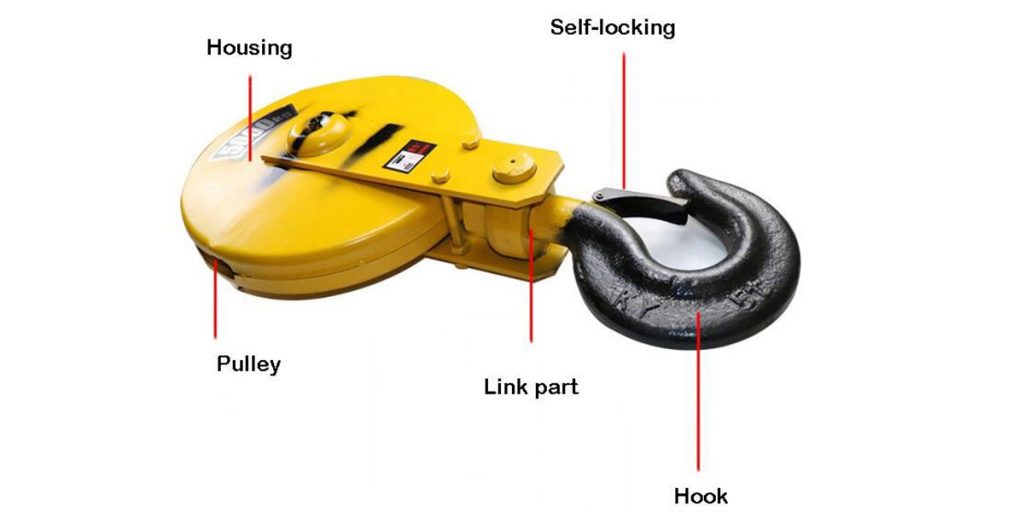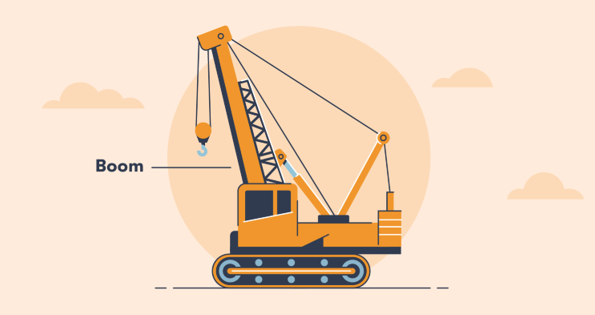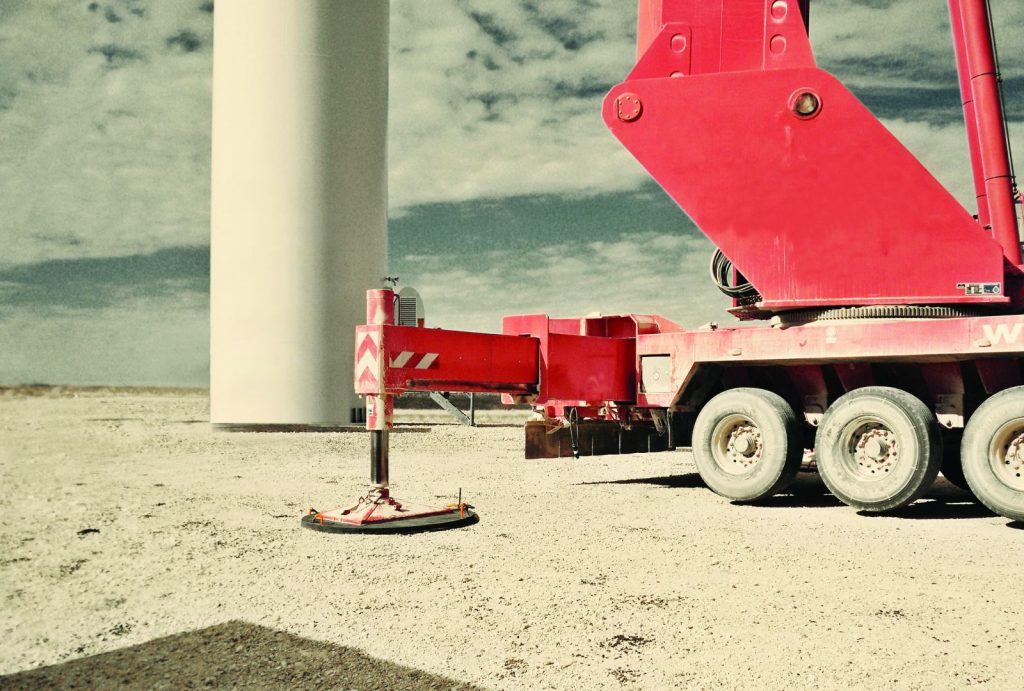Has it ever crossed your mind how crane parts and their functions create proper crane protocols?

Cranes have been present for centuries and have become a part of our society where it is constantly in demand.
They are such an important element of building and development that they can sometimes be overlooked. The crane operation industry is growing rapidly to complete developments and projects that have modern structures to it. Crane parts are the main components that might form a crane, thus they are extremely important.
These are the most common and important parts of a crane:
- Hook
- Hoist
- Boom
- Counterweights
- Outriggers
- Jib
Hook – A crane hook is an attachment point on a crane that connects to chains and ropes linked to items such as boxes, building beams, and machinery. Hooks are available in a number of styles to fulfill a variety of purposes, and they, like other crane components, are rated for particular weights of a certain size and kind. It’s crucial to avoid employing a crane hook that is underestimated since this might cause damage to the crane or result in the cargo being lost.

Crane hooks raise a number of safety problems. Because crane hooks are huge and can cause serious head injuries if struck, a descending hook can be a safety hazard. It’s critical to double-check that loads are firmly attached to the hook and that no one is in the way of the load when it’s being raised or lowered.
Types of hooks
Crane Hooks come in a variety of shapes and sizes that includes:
- Single and double hooks
- Forging and laminated hooks
- Closed and semi-closed hooks
- Unusual hooks including electric rotating hooks.

Here are some points to take into consideration when are you using your crane hooks:
- The crane hook, beam, and pulley block cannot have any cracks. The gear must be in good working order. If you see a cutter mark or a fracture on the tool escape, rotate the pulley and replace it.
- Please replace the unsafe cross-section if it has worn down by more than 10% from its original height.
These sorts of Crane hook components are extensively utilized in a variety of applications due to their various characteristics.
Hoist – Being one of the most important crane parts, the hoist or hoist drum, is the component that provides lift. A cranking mechanism, sometimes known as a drum winding, and a wire that raises and lowers the hook make up the hoist. Objects would not be able to be lifted off the ground without the use of a hoist. One of the best crane parts suppliers for the hoist would be P&H crane parts.

The vertical raising and lowering of the power of a crane are provided by the hoist element. The design and construction have an impact on its lifting and lowering capability. Chain hoists and wire rope hoists, for example, have a load capacity of 5 tons. Hand-powered hoists are appropriate for lesser loads, whereas electric-powered hoists are appropriate for greater loads.
Boom – The crane’s boom is perhaps its most obvious feature. It’s what you see dozens of feet in the air all the time. Think of it like a crane’s arm. It has the feature of a large yellow stick. Construction materials are lifted and moved with the help of the boom.

The boom can function without jibs and are often the most important part of a crane. The boom’s principal function is to:
- Lift
- Move
- Place materials.
They are in charge of calculating the crane’s reach and bearing the majority of the weight.
Counterweights – Counterweights are an essential component of a well-operating crane. Weights placed to the rear of the crane, opposing the load, are known as counterweights. They serve to counterbalance the weight of the load being lifted. This is what prevents the crane from tipping over while lifting big objects. They are generally detachable to make traveling easier.

Outriggers – Outriggers might be one of the most crucial aspects of crane safety. An outrigger’s purpose is to provide additional support. They stand by the crane at the sides and are metal beams that protrude from a crane’s chassis. An outrigger’s function is to disperse the crane’s load across a broad enough area so the crane does not tip over or become unstable.

- Outriggers are used to support the crane body to the ground when counterweights are insufficient or absent.
- All outriggers should meet or exceed the crane or job’s weight requirements.
Jib – The jib is essential when it comes to the transportation of goods to a location beyond the boom’s reach. This component of the crane is a horizontally extending arm that gives the cargo more room between it and the crane. This is advantageous for moving heavier or longer loads that necessitate the crane being moved further away.
A crane’s jib is a lattice-like structure attached to the boom’s end. It has a set length and, unlike a boom, cannot be extended or retracted. To aid carry and raise items, some mobile cranes include a jib attached to the end of the boom.
The major aim of the jib or jib arm is to keep the material away from the main support so it does not touch it while being moved.
Supplies:
Crane parts suppliers usually manufacture their cranes with steel, also known as iron with a tiny amount of carbon in them. Tadano crane parts are one of the best in the world and are used in many countries. Tadano Faun crane parts are offered by different crane parts suppliers in the world.
Majority of the crane parts supplier offers a large inventory of Tadano crane parts and can be arranged for delivery for the following day while special orders will be shipped. As mentioned above, P&H crane parts provide promising crane parts such as their hoist products and offer the lowest overall cost for your cranes.

Take a moment to appreciate the history and challenges of cranes the next time you see employees putting together crane parts or operating one. How the one-of-a-kind connection that these crane components create into a gigantic machine connects us to crane parts suppliers and previous builders.
 Tasselline | Latest Articles By Singaporeans, for Singaporeans Article Site for Singaporeans
Tasselline | Latest Articles By Singaporeans, for Singaporeans Article Site for Singaporeans